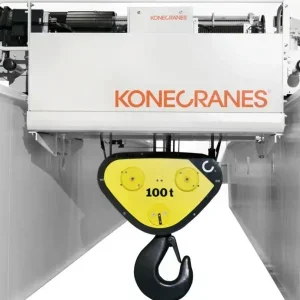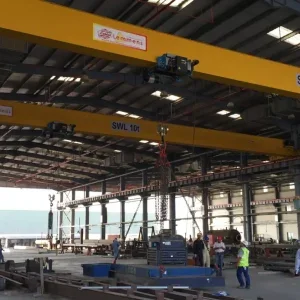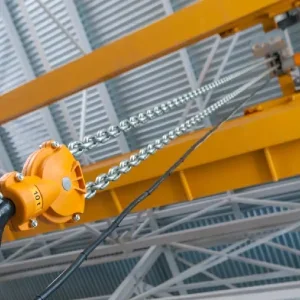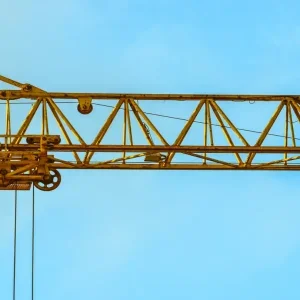Parts and components make up the greatest named fraction, about 19%. Other hoists, including devices like workshop lifts that lift loads such as engines using hydraulic cylinders, and goods and passenger hoists used on construction sites, make up 23%. Unspecified hoists account for 10%. Adding together the groups, manual-powered products make up 14.5%, electric-powered products make up 26.5% and air-powered products make up 6.3%.
These groupings have changed a lot compared with 18 years ago, 1987, the first year of this survey (Fig. 2).
The total value of the market then was only $350m. That means that the product fractions represent fewer units shipped, especially because competition from imports has forced down prices (see “The importers,” Hoist June p15).
Still, some aspects of the market were very similar then. The same basic product range – electric, air and manual-powered chain and wire rope hoists. Manual-powered products made up about the same fraction – 13.5%. The parts and components business was roughly as important then as in 2002, making up 20% of the total market (shown in green in Fig. 2). This lack of change is interesting. Many people argue that today’s hoists are made of plastic and designed to be thrown away. But the data shows that, on the whole, hoists today still live long enough to require new parts.
Over the 18 year period, chain has come to dominate over wire rope. In 1987, the hoist market appeared to be split about evenly between the two. The largest single category in 1987 was electric wire rope hoists, at 23.5%. If I include air-powered wire rope hoists and manual wire rope tensioners, the total fraction of the hoist market based on wire rope was about 28% in 1987. All sorts of chain hoists, including manual lever pullers, totalled 27%.
By 2002, the market share of chain products had not grown much at all – about 29%. But wire rope products have fallen by a third from near-parity to 18%. Chain hoists sell more than wire rope in terms of revenue ($66m a year in the period 98-02). And more chain hoist units are sold, because almost all light-duty hoists use chain.
Obviously the winners here are those hoist OEMs whose corporate siblings operate forges, such as the Columbus McKinnon brands or Harrington through Japan’s Kito, or Acco through its forging partners under owner FKI.
The biggest change has been the ‘other hoists’ category (purple in Fig. 2): 8.5% in 1987 compared with 23% in 2002. If these are indeed workshop hoist products, then the chart suggests that through-the-air-hoists are losing out in the sub-5t lifting market.
This effect may be to do with greater awareness of the strength of supporting structures. In Europe, factory workers can no longer hook up their electric hoist to whatever beam is handy – lifting points must be checked with an engineer. For them, it is surely easier to buy a workshop hoist that lifts from the floor.
Or perhaps there is a market for small mobile gantries. Indeed, another table (not shown here) records a small growth in the sales of gantry cranes over the surveyed period, from about 17m in 1987 to 25m in 2002.
But recently there has been a twist in the tail. The irony is that it is these very operations that have suffered from the increases in steel prices since 2002. Chain of a given length and lifting capacity can take twice as much steel as wire rope.






